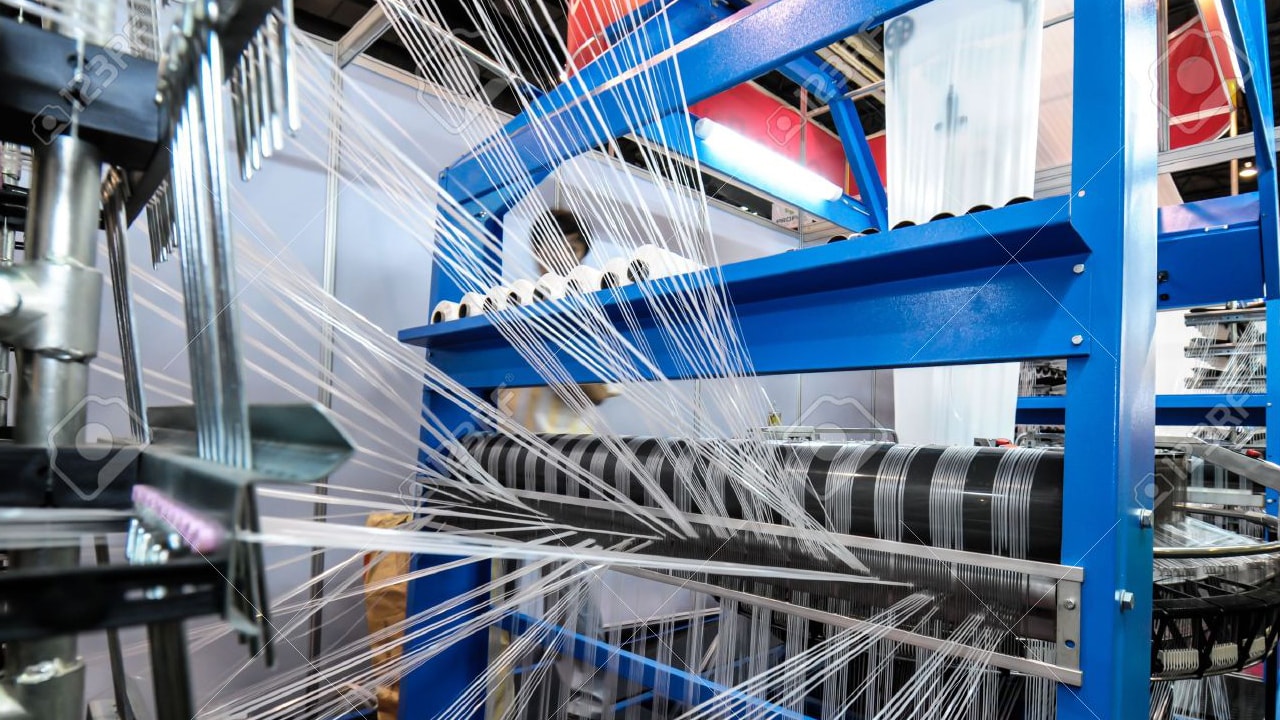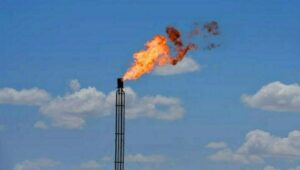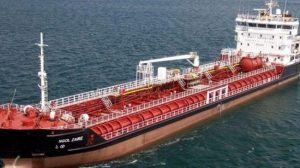Pakistan Textile Sector may boost its export to China amid US-China trade war
3 min read
KARACHI: Pakistan is in negotiation phase of Free Trade Agreement (FTA) (Phase-II) with China, which would be a breakthrough for Pakistan’s textile sector as currently Pakistan is paying tariff of 3.5 per cent on yarn vs. 0 per cent on Bangladesh and ASEAN countries (Indonesia, Malaysia, Thailand, Philippines, Vietnam among others). Tariffs on Pakistan’s other textile products ranges from 4-9 per cent vs. 0 per cent in ASEAN countries.
The analyst believes rationalization of these tariff rates in FTA (Phase-II) would unlock potential of Pakistan’s textile exports to China.
Pakistan Textile Sector all set to benefit from new government’s export led policies and rupee devaluation of around 22 per cent against US dollar since Dec 2017.
Due to the ongoing trade war between world’s two largest economies, United States (US) has imposed tariff on Chinese goods worth $250 billion and has threatened to impose further $267 billion in tariff. Reportedly, US imports from China are down 30 per cent in August and September 2018. This provides an opportunity to countries like Pakistan, Vietnam, Bangladesh and India to expand their footprint in the US market.
With likely support to textile exports, the analyst expects its allied industry to also benefit in coming years, especially chemicals and polyester. Where companies like (DOL, SPL, LOTCHEM, ARPL, ICI, EPCL, SITC, NRSL, and NICL) can potentially benefit from rising textile exports.
Even though sector’s market cap has improved by 12 per cent fiscal year 2018-19 to date (vs. market return of -2 per cent), The positive developments have yet to be priced in government aggressive focus on exports, reduction in RLNG tariff to $6.5/mmbtu, down 35-50 per cent, the rupee devaluation of 22 per cent since Dec 2017, US China Trade war and Pak China Free Trade Agreement (FTA) Phase II.
To curb rising Current Account Deficit (CAD), Government is striving to increase exports among other options, by reducing energy tariffs, providing incentives like drawback duties, and cheaper financing under Long Term Financing Facility (LTFF) and Export Refinance Facility (ERF).
Further government is negotiating on Free Trade Agreements (FTA) with countries like China to enhance exports. Reportedly, under Strategic Trade Policy Framework (STPF), government is aiming export target of $46 billion by 2023. Moreover, after recent visit of Pakistan officials to China, doubling of exports to China in one year is being worked upon.
Analyst believes aforementioned measures/steps are likely to help Pakistan textile sector to achieve its ambitious exports target.
New Government has substantially reduced energy (RLNG) tariff for Punjab based 5 export oriented sectors (including textile) to $6.5/mmbtu, down by 35-50%. With this move, Pakistan’s energy tariff comes in tandem with its regional countries (like, India and Bangladesh) at $5-7/mmbtu, which will help Pakistan in competing with these countries.
Pakistan Rupee Devaluation of 22% since 2017 after 3 years of no exchange rate flexibility is likely to restore the lost competency of textile companies. The analyst believed companies having largest exports exposure like Nishat Mills (NML), Gul Ahmed (GATM), Feroze Mills (FML), and Nishat Chunian (NCL) are likely to be the beneficiaries from this development.




